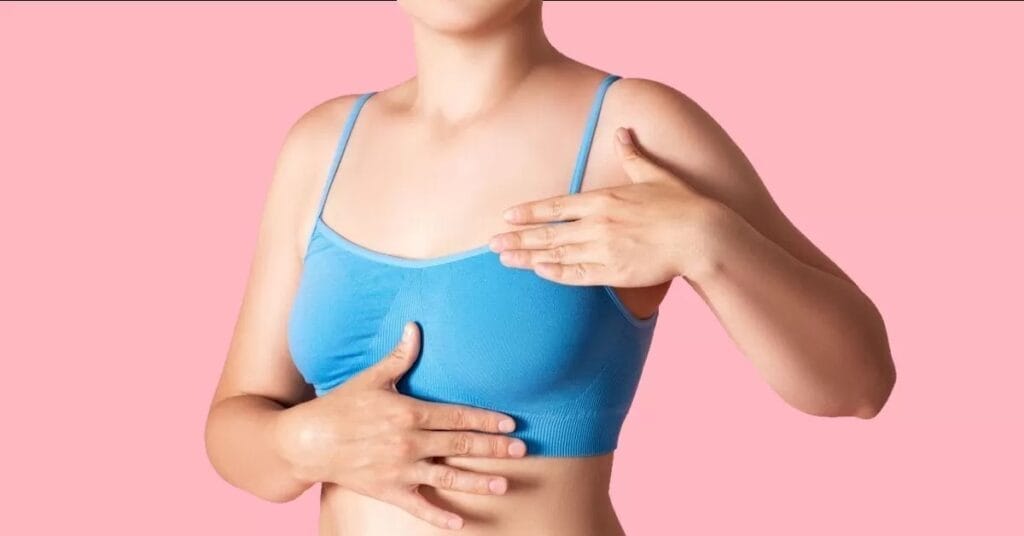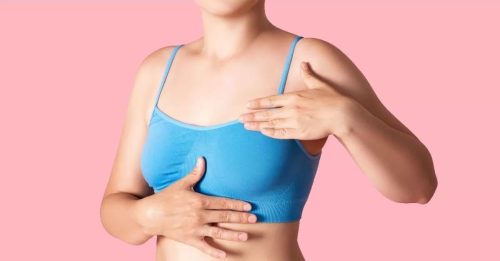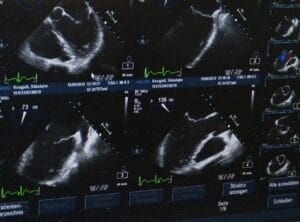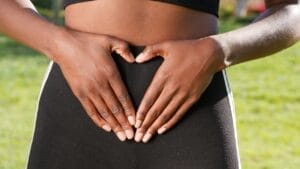Contrary to popular belief, a lot of people experience the physical and psychological effects of having puffy nipples. Not only is nipple puffiness an aesthetic issue, but it may also negatively affect a person’s perception of their physique. This condition might cause discomfort in social situations and is especially noticeable in warm weather or when wearing tight clothing. Furthermore, as this problem might interfere with their desired physical appearance, individuals in certain professions, such as fitness instructors, athletes, or models, may find it especially concerning. Because puffed nipples are so common and can have psychological impacts on people, it’s critical to understand the problem and its potential treatments.
What Are Puffy Nipples? Underlying Basics and Breast Anatomy

 4.7
4.7
Would you like to receive information about the operations from Vanity Doctors?
As Vanity, we can give you information about the operation you are considering.
Ask the DoctorPuffy nipples are anatomical features characterized by a visible bulging of the nipples and areola, which differs from the chest’s usual shape. This condition can occur in both men and women and is not considered a medical problem. However, when a person’s overall health is taken into account, the discomfort they feel about their own body might have a negative impact on their body image and result in mental health problems (e.g., low self-esteem).

The breast anatomically consists of many tissue layers, including the nipple-areola complex. The primary tissue types that make up the breast include:
- Connective tissue (Cooper’s ligaments),
- Milk-producing glandular tissue,
- Fat (adipose) tissue,
- Supporting pectoralis major muscle.
The breast is located just above the muscle tissue, and the areola-nipple complex is located on the outer layer of the breast. If there is impairment in any of these tissues or related body parts, this can also affect the nipple-areola area and lead to protrusion.
Determining Whether There Are Puffy Nipples
Normally, a person’s nipples and areola differ in size, shape, and color. However, the individual may experience physical or aesthetic discomfort due to the protrusion of the nipple-areola complex resulting from different factors. To determine if you have this condition, you can check the nipple-areola complex for protrusion yourself. Stand in front of a mirror and observe your breast from various angles for a more precise review. You should think about seeing an expert if you’re not sure whether you have puffy nipples.
Causes of Puffy Nipples: From Genetics to Hormonal Changes
Puffy nipples may originate from a variety of reasons. Identifying root causes is critical in determining suitable treatment options. Here are some of the vital factors that can cause puffy nipples::
l Genetic Predisposition: Puffy nipples may be inherited, much like numerous other medical conditions. People with a family history of this condition may be more prone to experiencing symptoms of nipple puffiness.
l Hormonal Imbalance: During different phases of life, the body may experience hormonal changes that sometimes create an imbalance. For example, normally, estrogen is in charge of breast tissue development and the mammary gland throughout puberty. But if the estrogen levels increase, the mammary gland behind the nipple may overgrow and extend the nipples outward. Additionally, women may get puffy nipples during their menstrual period or pregnancy, while men may be more susceptible to puffy nipples due to low testosterone levels.
l Body Weight: Another significant factor that contributes to the development of puffy nipples is excess body fat. Increased body fat can raise estrogen levels, causing fat cells to accumulate in the breast area, resulting in puffiness around the nipples.
l Effects of Pharmaceuticals: Some drugs might trigger inflammation in the body, which may lead to puffiness in the breast region. Additionally, the side effects of such medications may disrupt the body’s hormonal balance, which could cause the nipples to enlarge.
l Lifestyle Habits: Living conditions that produce high levels of stress throughout the day might affect hormone levels and induce hormonal imbalances. Long-term stress can alter how the body regulates testosterone and estrogen, which may lead to the development of protruding nipples. Additionally, jogging and other cardiovascular workout routines may cause chafing between your nipples and clothing. That can make your nipples enlarge temporarily.
Medical Treatment Options for Puffy Nipples
Surgical procedures are thought to be the most successful way to permanently address the puffiness of nipples. The following surgical methods are frequently employed to address gynecomastia in Turkey, which can contribute to nipple enlargement. Some of the most commonly used ones are:
l Liposuction: This operation is performed to remove unwanted breast fat tissue but not glandular tissue. A maximum of 6 weeks are needed for recuperation following liposuction in Turkey.
l Mastectomy: This operation involves the removal of breast gland tissue and reshaping the nipple-areola complex to achieve a more attractive appearance. The recovery period is around 1 month.
l Non-invasive Fat Reduction: These treatments aim to eliminate excess fat cells without surgery. Nonsurgical treatments can utilize technologies such as radiofrequency and fat cell freezing. Although recovery times can vary, they often take only a couple of days.
l Tissue Excision: In cases of more severe gynecomastia where liposuction alone is insufficient, tissue excision is necessary. This procedure involves the removal of glandular breast tissue or excess skin. It may also include reshaping the nipple or reducing the size of the areola if needed. The recovery period is around 3 weeks.
Lifestyle Changes to Manage Puffy Nipples
Those who want non-surgical remedies for puffy nipples can choose from a number of other options, particularly if the condition is moderate or related to transient factors like weight changes. These options consist of adopting a healthy lifestyle, which can also support surgical interventions overseen by a qualified expert. Though it’s vital to remember that each person’s experience with these changes may differ in terms of their efficacy and the outcomes may not be as quick or certain as with surgical procedures, these options can yield significant improvement over time.
Exercise: Exercises that specifically target the pectoral region of the body, such as push-ups and dips, can help reshape this area by strengthening the chest muscles.
Balanced Diet: Body fat and estrogen levels are influenced by eating habits. A few dietary adjustments, such as increasing the amount of vegetables consumed and reducing the amount of highly processed meals, can have a positive impact on overall health. Some natural herbals (e.g. ginger) might also help reduce puffiness by boosting testosterone levels in men.
Avoid Stress: Stress can cause hormonal imbalances. Stress-reduction techniques that are good for health, including yoga and meditation, help balance your levels of progesterone and estrogen.
Drinking Limitations: Reducing alcohol consumption can aid the liver’s process of breaking down and lowering estrogen levels.
Resources
https://www.ncbi.nlm.nih.gov/pmc/articles/PMC4716863
https://www.healthline.com/health/mens-health/how-to-get-rid-of-puffy-nipples#herbs
https://www.ncbi.nlm.nih.gov/pmc/articles/PMC2740602





